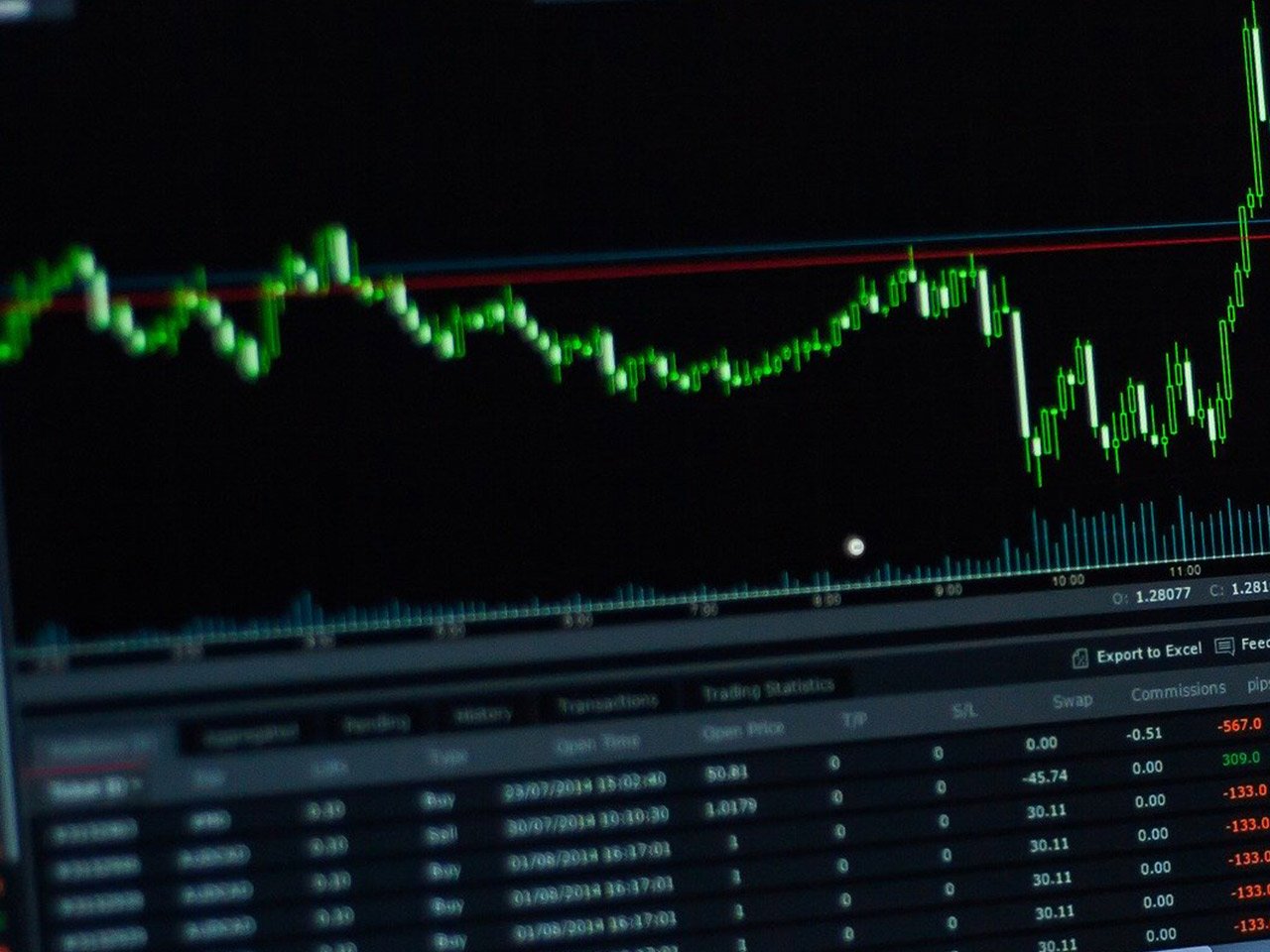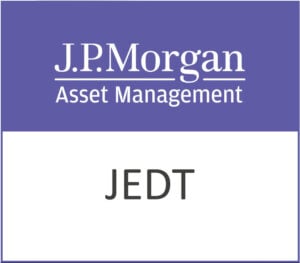Uber Technologies, Inc. (NYSE: UBER), a titan in the technology sector, continues to captivate investors with its innovative approach to mobility and logistics. With a market capitalization of $189.42 billion, Uber stands as a formidable player in the software application industry, consistently pushing the boundaries of transportation and delivery solutions.
Currently trading at $90.83, Uber’s stock price has moved within a 52-week range of $59.93 to $97.48. Despite a small dip of 0.01%, Uber’s potential upside of 16.79% to an average target price of $106.08 has drawn significant attention from the investment community. Analyst sentiment remains robust, with 42 buy ratings, 11 hold ratings, and no sell ratings, signaling confidence in Uber’s strategic direction and market position.
A closer look at Uber’s financial performance reveals a dynamic growth trajectory. The company boasts an impressive revenue growth of 18.20%, reflecting its expanding footprint in the Mobility, Delivery, and Freight segments. These sectors leverage Uber’s proprietary technology to streamline transportation, enhance delivery services, and optimize logistics networks across the globe.
One of Uber’s standout metrics is its return on equity, which stands at a remarkable 67.49%. This figure underscores the company’s ability to generate substantial profits from its equity base, a crucial indicator of financial health and operational efficiency. Additionally, Uber’s free cash flow of approximately $5.61 billion further solidifies its capacity to invest in growth opportunities and navigate market fluctuations.
Although Uber does not currently offer a dividend yield, its zero payout ratio suggests a strategic reinvestment of earnings into business expansion and technological advancements. This approach aligns with Uber’s long-term vision of redefining urban mobility and maintaining its competitive edge.
Valuation metrics present an interesting narrative; Uber’s forward P/E ratio is 20.50, hinting at investor expectations for continued earnings growth. However, absent traditional metrics like trailing P/E, PEG ratio, and price/book ratio, investors are encouraged to delve deeper into Uber’s strategic initiatives and market potential.
From a technical perspective, Uber’s stock exhibits a relatively neutral outlook with an RSI of 48.34, suggesting the stock is neither overbought nor oversold. The MACD of 0.05 and signal line of -0.11 indicate potential convergence, warranting close monitoring for any bullish or bearish trends.
Uber’s unwavering commitment to innovation, coupled with its robust market presence across multiple continents, positions it as a compelling investment opportunity. As the company continues to enhance its service offerings and streamline operations, the potential for significant shareholder value remains strong.
For investors seeking exposure to the burgeoning technology-driven transportation sector, Uber Technologies, Inc. offers a blend of growth potential and strategic resilience. With a forward-looking approach, Uber is well-positioned to capitalize on emerging trends and deliver sustained shareholder returns.










































